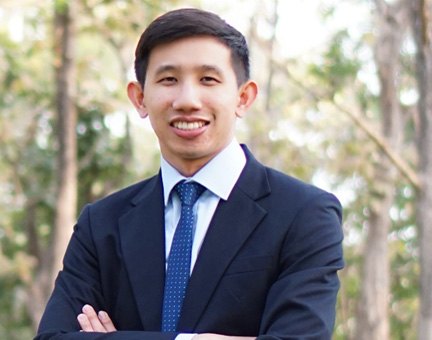The Faculty of Engineering at Chiang Mai University is one of the leading research institutes in Thailand. Newly developed technologies can help stimulate economic growth and alter the trajectory of Thailand. Here are some of our top researchers groundbreaking research works.
1. Smart Technology for Personalized Nutrition Support and Food Fabrication for Hospitalized Older Adults
By Assoc. Prof. Dr. Wassanai Wattanutchariya (wassanai.w@cmu.ac.th), Department of Industrial Engineering
The conceptual framework of the research project is shown in the figure below, indicating that the Smart Sensing System is based on sensors and a computer vision system linked to the patient’s Personal Health Record for analyzing medical needs. Then, inadequate nutrition will be evaluated and connected with 3D food printing. The project aims to enhance economic and social value by reducing hospital care costs for elderly patients and reducing disability and dependency, including loss of quality of life, using Innovation to support nutrition therapy for elderly patients, including the environmental value from reducing hospital food waste.


2. Advanced Railway Civil and Foundation Engineering Center (CMU-RailCFC)
By Assoc. Prof. Dr. Peerapong Jitsangiam (peerapong@eng.cmu.ac.th), Department of Civil Engineering
The CMU-RailCFC is a research center with state-of-the-art facilities for advanced research funded by Chiang Mai University. We develop and transfer knowledge and technology in railway civil and foundation engineering, corresponding with Thailand’s economic transformation to a value-based economy. The center aims to develop the research and fundamental knowledge about Railway engineering, Civil and geotechnical works and to make Chiang Mai University becoming a global reputation of Railway substructure, attend to be the main test center of Thailand’s railway materials: ballast, sub-ballast, and railway subgrade, collaborate with national and international institutes in the civil engineering course regarding graduate and postgraduate study levels, create the national and international research network and connection of railway engineering.


3. Immiscible Fluid-Fluid Displacement in Porous Media for Energy Transition
By Dr Suparit Tangparitkul (suparit.t@cmu.ac.th), Department of Mining and Petroleum Engineering
To tackle this Energy Transition with UNs Sustainable Development Goals (SDGs), research group led by Dr Tangparitkul focuses on elucidating immiscible displacement process in porous reservoir rock with fundamentals of interfacial and colloidal phenomena. We believe that while developed nations drive into more clean energies with climate concern, many developing countries remain to consume cheaper and more accessible fossil fuels. Current fluid-fluid displacements of interest are:
A. Oil-water displacement for SDG 7 (Affordable and Clean Energy). This aims to optimize petroleum production via optimizing tertiary recovery process called enhanced oil recovery (EOR) to be more easy-to-produce and less costly. Several chemicals have been used in the group, namely surfactants, low-salinity brines, and even nanoparticles, to reduce oil-water interfacial tension and induce wettability alteration – the main EOR mechanisms. B. CO2-brine displacement for SDG 13 (Climate Action). The group has been working on CO2 geological storage to permanently store the greenhouse gas underneath rock formation. Seal containment and storing reservoir confinement and storage capacity are the main focuses. Improvement on the injecting CO2 that displaces connate brine in rock is currently examined using many chemicals, i.e. surfactants and nanoparticles.


Research, Innovation and International Affairs Office
Faculty of Engineering, Chiang Mai University, Thailand
Tel. No.+66-5394-4176-7 Fax +66-5321-7287
E-mail : research.eng@cmu.ac.th
1,234 total views, 1 views today
